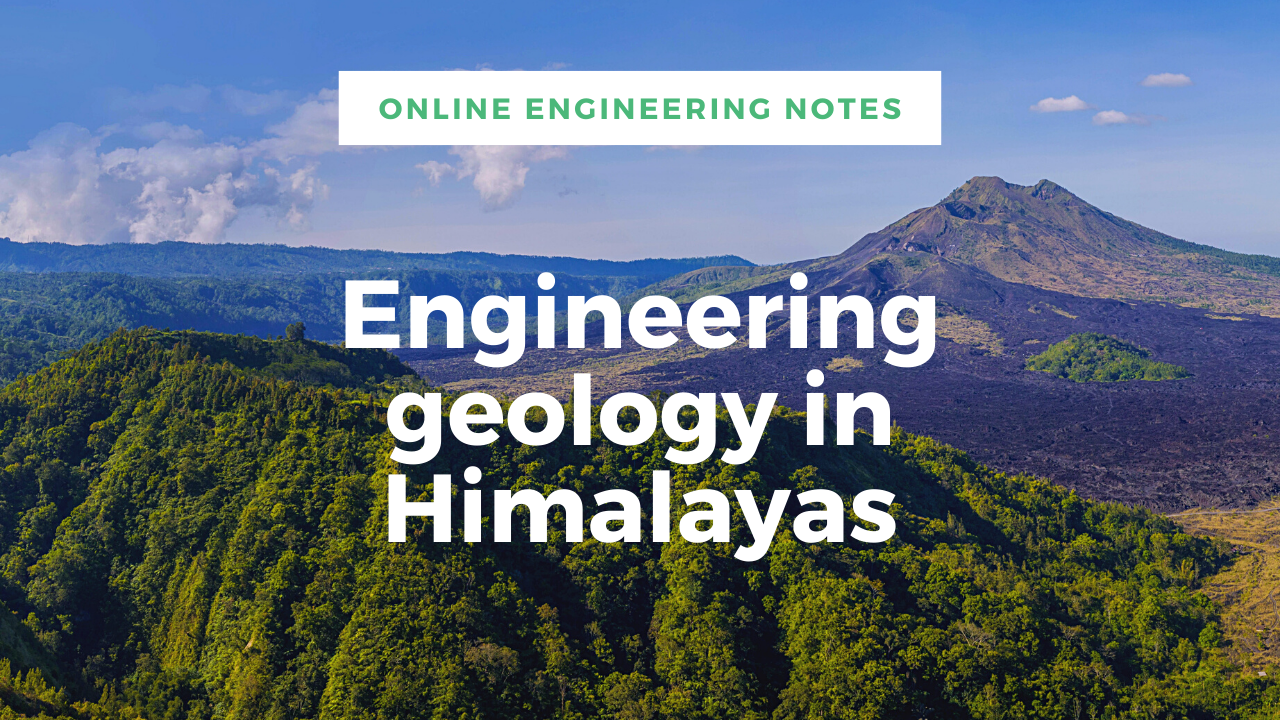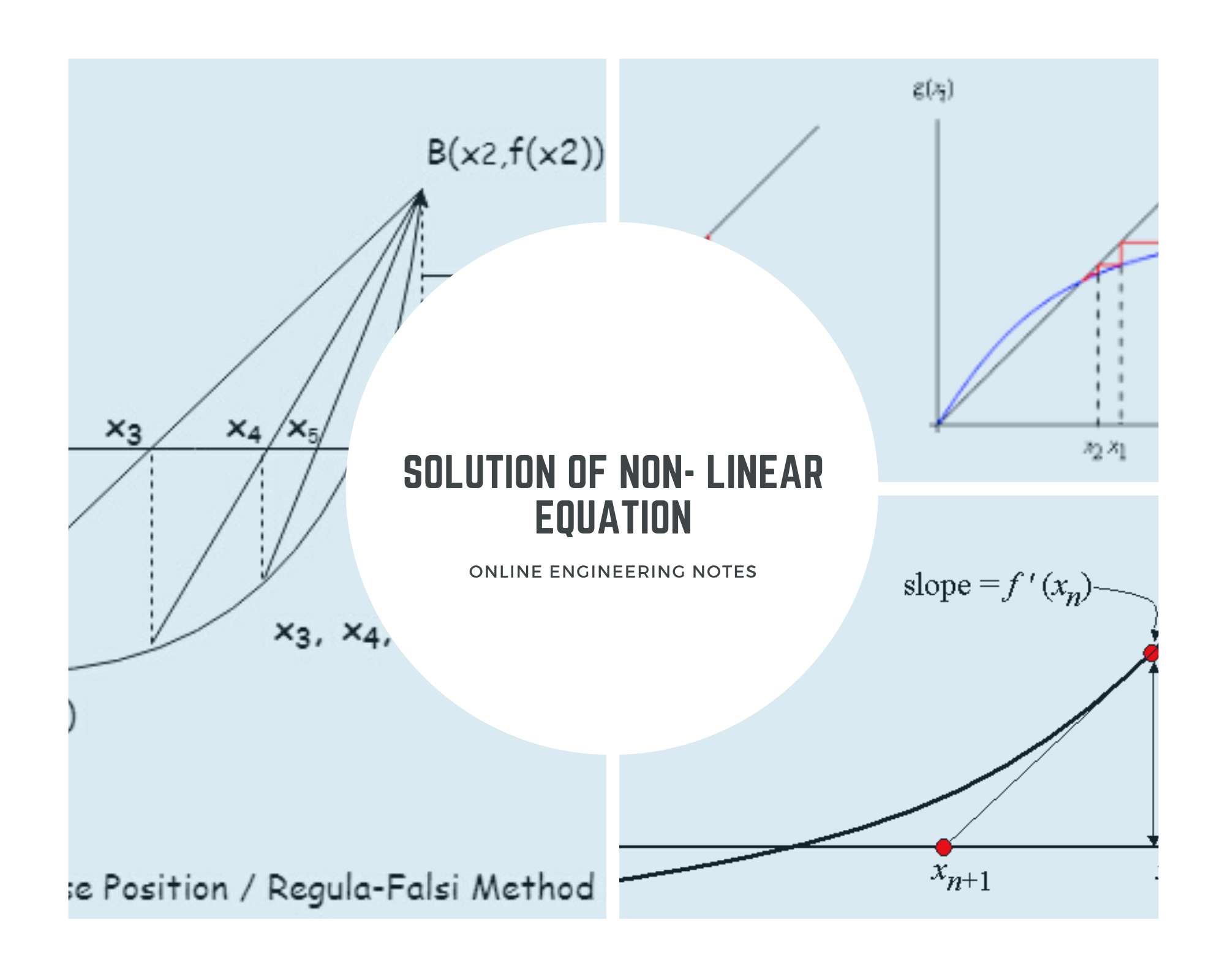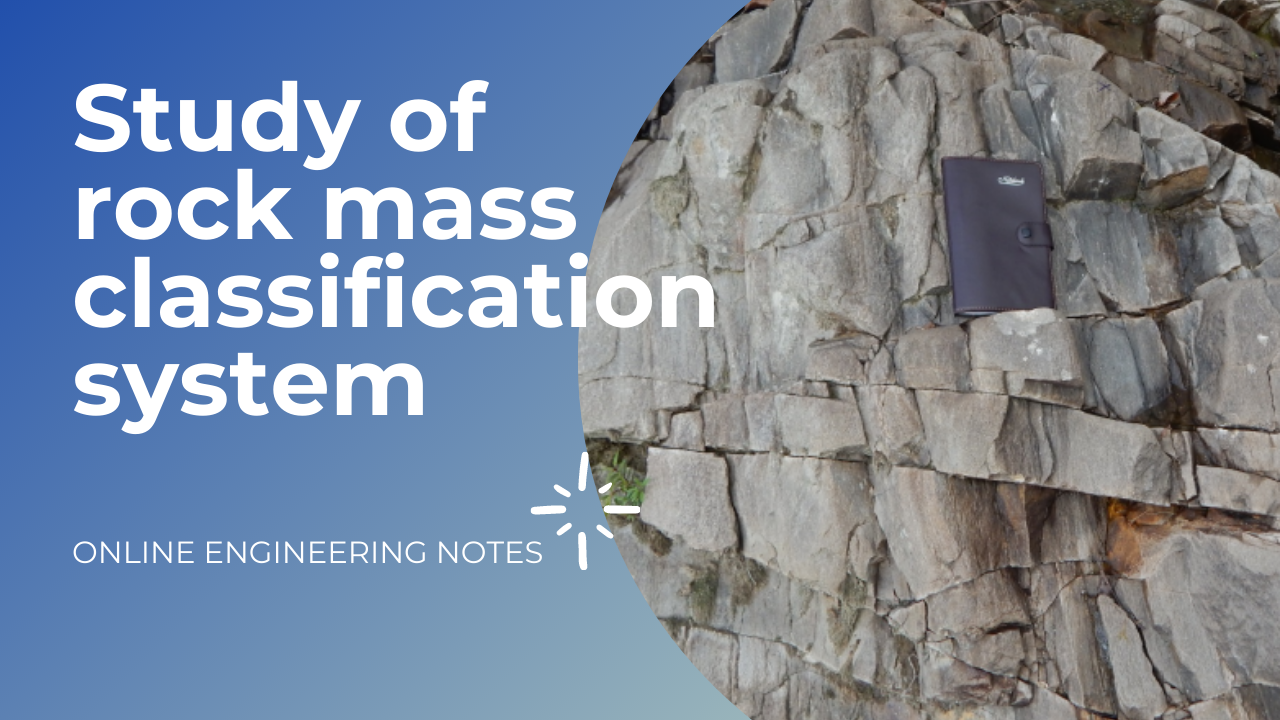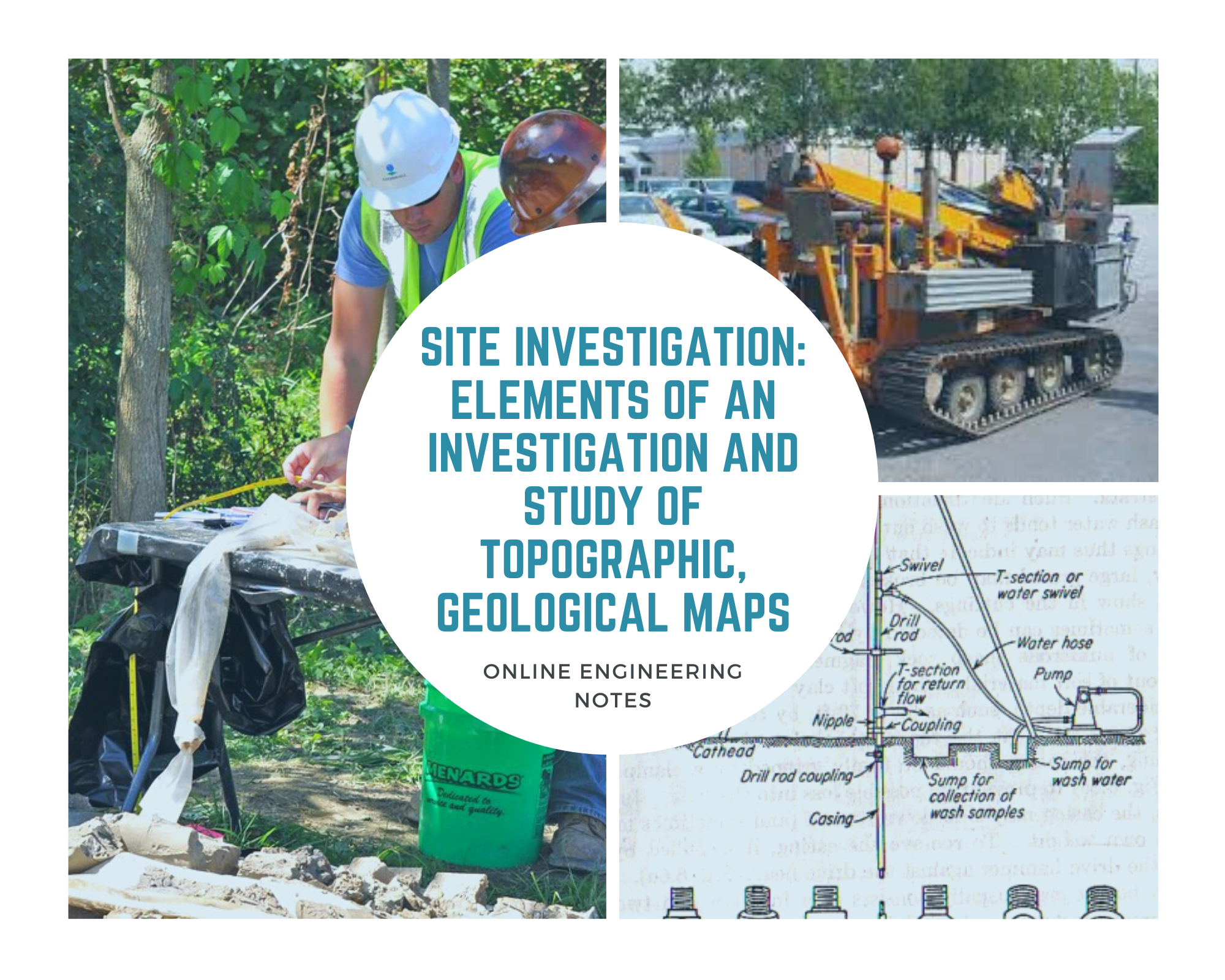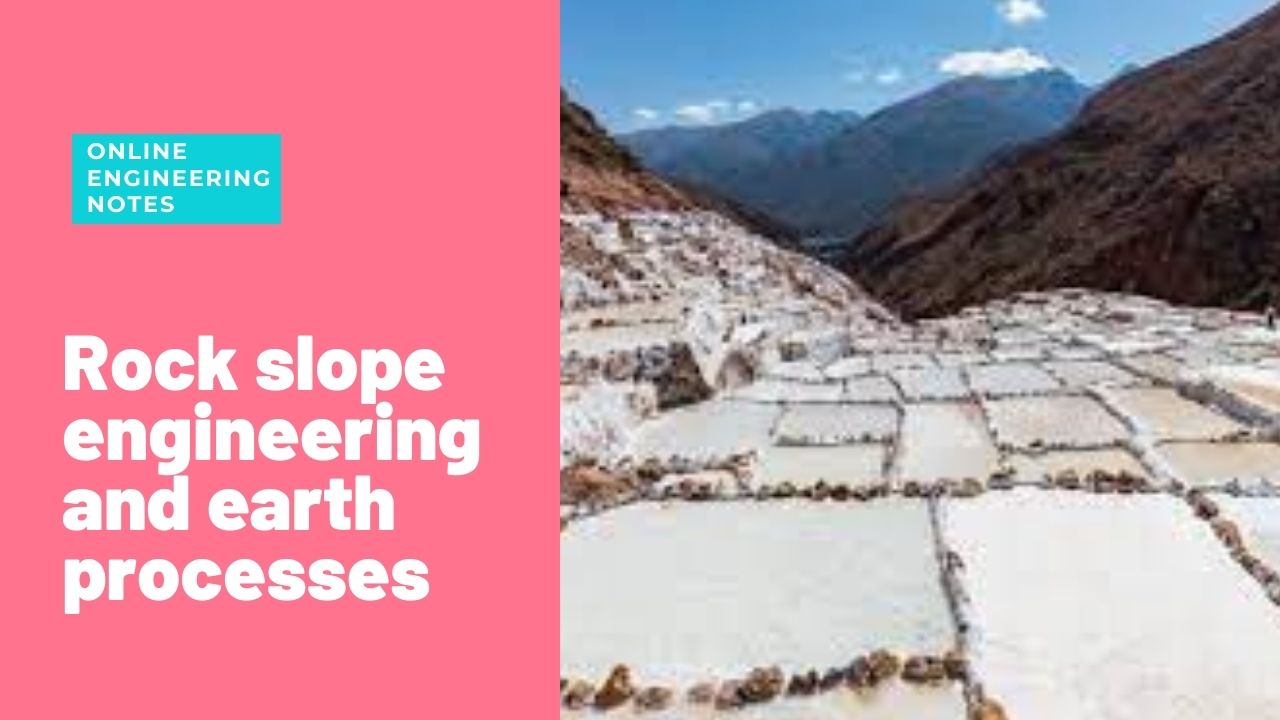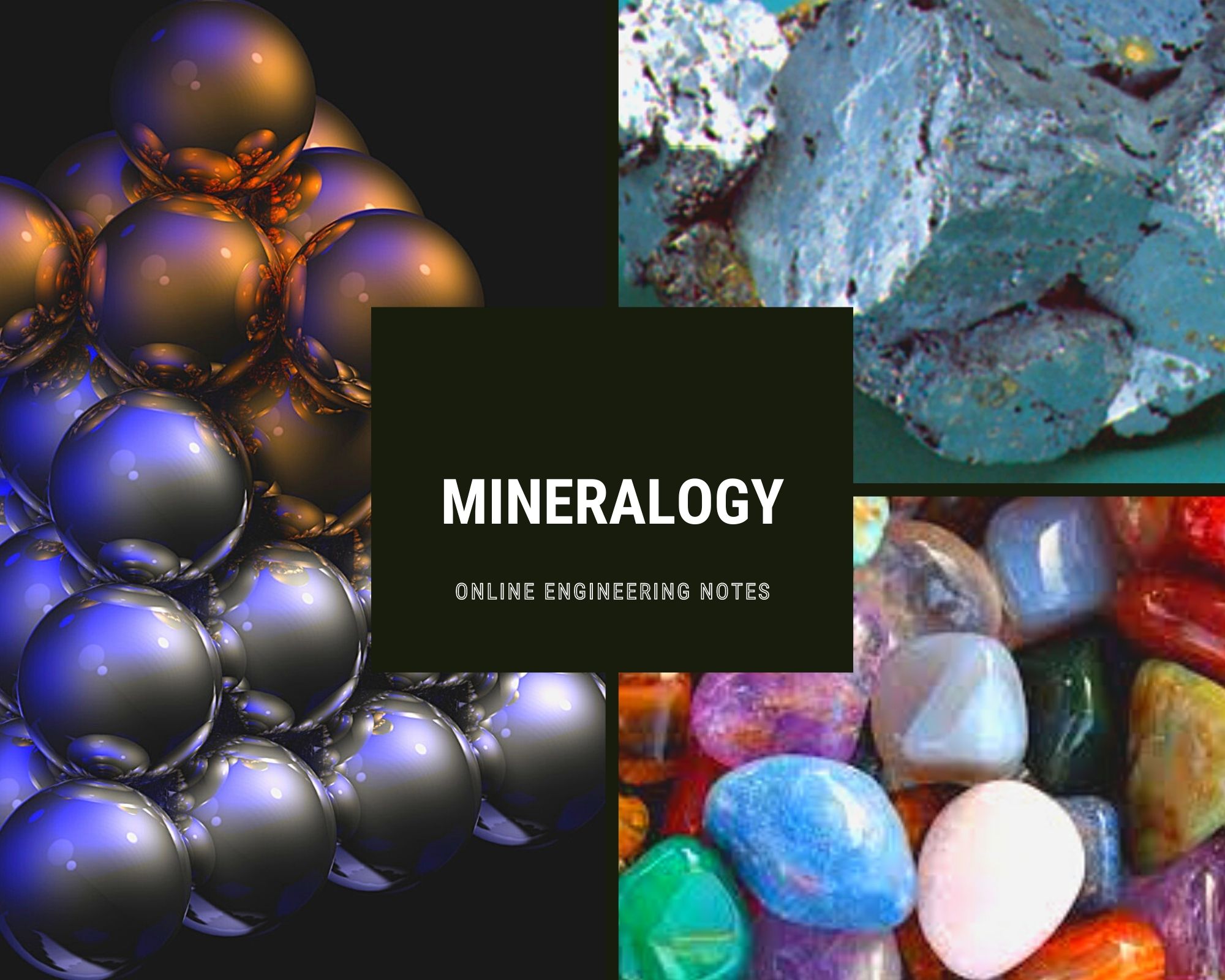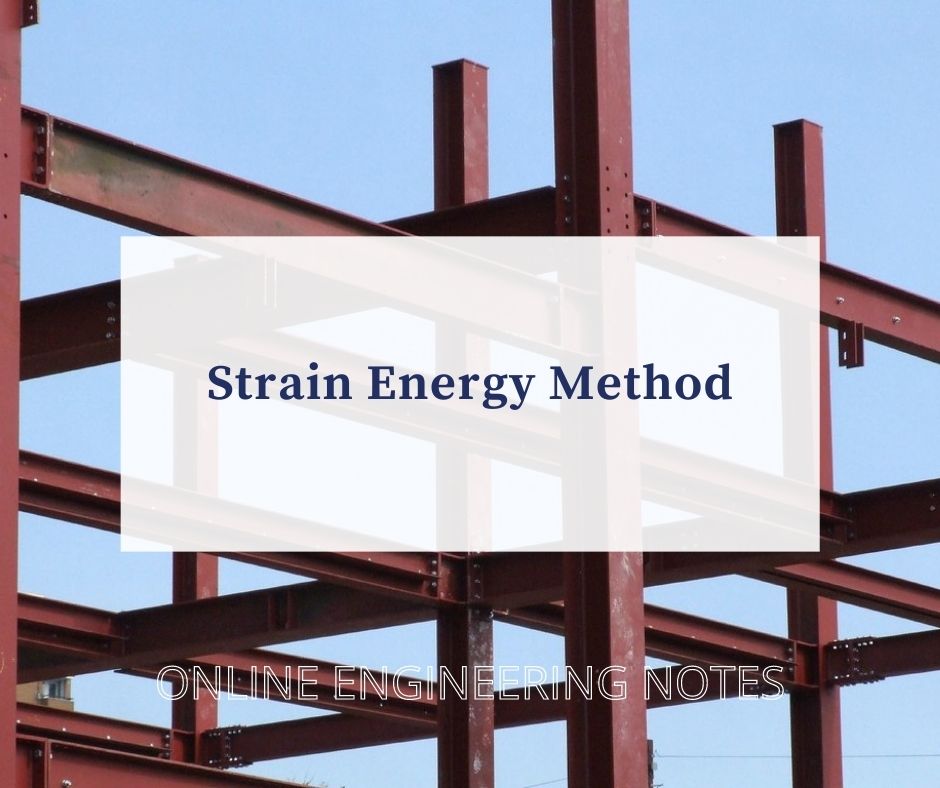Engineering geology in Himalayas
Formation of Himalaya Shifting of Indian plate Block Diagram of The Himalaya The Nepal Himalaya • The longest division of the Himalaya• Extended about 800 Km• Starts from west at the Mahakali River• Ends at the east by the Tista River Longitudinal Division of Himalayan Range Terai Zone (Gangetic Plain) • Northern Terai(Bhabhar Zone)• Middle … Read more

